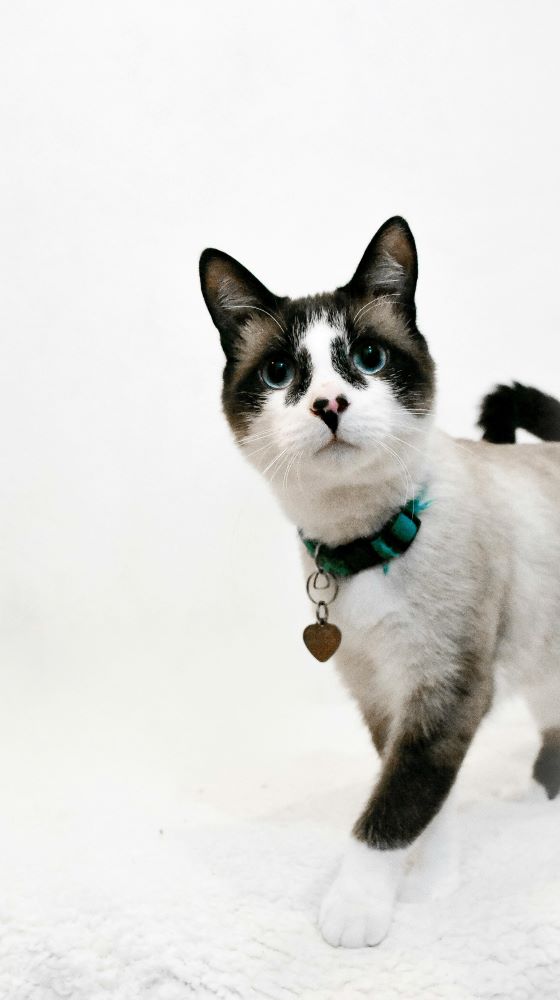
- This event has passed.
FIP Awareness Day – November 18th (Feline Infectious Peritonitis)
November 18, 2024

What Is Feline Infectious Peritonitis?
Feline infectious peritonitis (FIP) is a viral disease caused by a feline coronavirus that affects wild and domestic cats. This type of coronavirus is different from the coronavirus that causes COVID-19 in people.
Feline coronavirus is very common and usually doesn’t cause any serious issues, aside from mild diarrhea. But when the feline coronavirus changes to a specific strain of the coronavirus, FIP can develop. In about 10% of infected cats, the virus will multiply and mutate, resulting in an infection known as feline infectious peritonitis virus (FIPV) that spreads throughout the cat’s body. It can cause an extreme inflammatory reaction in the tissues surrounding the abdomen, kidney, or brain.
Although FIP is not believed to be contagious, it is a very serious disease. When a cat gets FIP, it is progressive and almost always fatal.
FIP Symptoms
Early signs of FIP can vary but often include a rising and falling fever, loss of appetite, and energy loss. As time goes by, infected cats may have more FIP symptoms that depend on the form of FIP.
FIP comes in a “dry” form and a “wet” form. Infected cats can have symptoms of only one form or a combination of both.
Dry form. The dry form of FIP causes infection and inflammatory lesions around the blood vessels in a cat’s body. This infection can affect the brain, liver, kidneys, lungs, and skin. This form often causes the cat to have seizures and move in an abnormal or uncoordinated way. In some cases, cats will also have excessive thirst and urination, vomiting, weight loss, and jaundice.
Wet form. With this form of the disease, fluid builds up in the abdomen, which causes a pot-bellied appearance. Fluid may also build up in the chest, making it hard for the cat to breathe. This form of FIP causes damage to the blood vessels, resulting in inflammation and fluid leaking from the blood into the abdomen and chest.
Diagnosis of FIP in Cats
FIP is difficult to diagnose. Many of its symptoms could also be symptoms of other issues, and there is no single blood test available to confirm FIP. Your veterinarian is more likely to assume FIP is present if your cat:
- Has a low number of white blood cells
- Has an unusually high number of white blood cells
- Has elevated concentrations of protein in the blood
- Shows yellowing of the gums or eyes
- Is in a higher risk group (young cats or cats living in an overcrowded environment)
If there is a build-up of fluid in your cat’s abdomen or chest, your veterinarian may collect a sample of the fluid for testing. Fluid with a high protein percentage is an indicator of FIP and will frequently be yellow-tinged. If FIP is suspected, your veterinarian may take an X-ray or ultrasound of your cat.
FIP Treatment Options
FIP has long been considered an untreatable disease. It wasn’t until recently that antiviral drugs were introduced to help treat FIP. This compounded drug has recently been approved by the Food and Drug Administration (FDA) in a very limited supply, and their long-term effectiveness is still unknown. We are holding out hope that this is the beginning of the end of this disease.
Reference: Cat FIP (Feline Infectious Peritonitis): Symptoms, Causes, and Treatments